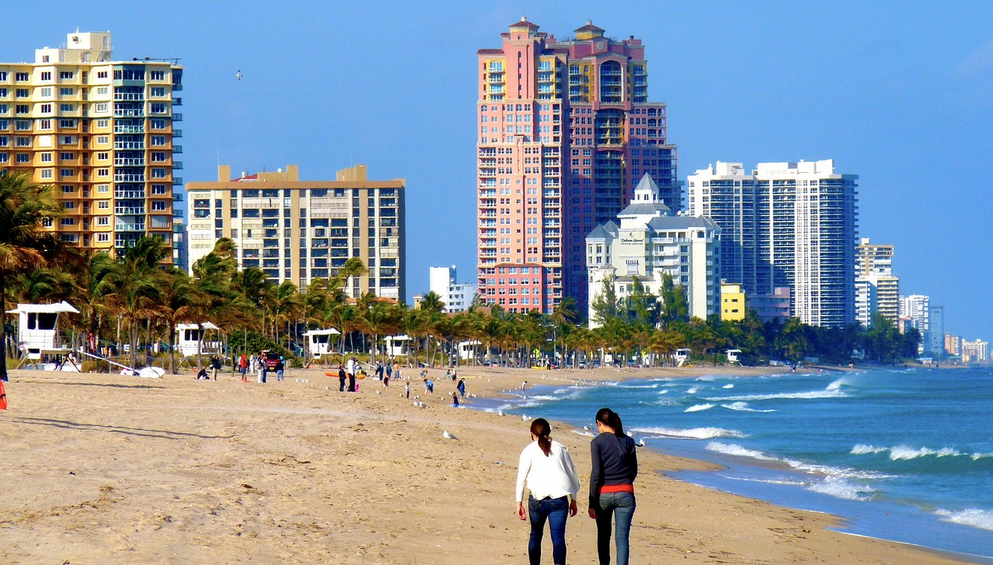The content discusses the increasing unaffordability of housing in major cities worldwide, highlighting specific data from the UBS Global Real Estate Bubble Index 2024. At the forefront is Hong Kong, which has retained the title of the most unaffordable city for skilled workers for 14 consecutive years. The average skilled worker in Hong Kong would need to work over 20 years to afford a basic 650 square-foot condo near the city center. This situation illustrates the broader trends affecting urban economies, where skyrocketing real estate prices are increasingly out of reach for many residents.
In Europe, Paris emerges as the most unaffordable city despite a recent drop in home prices, which have fallen more than 20% from their post-pandemic highs. This decline provides little relief for workers, still grappling with the burden of exorbitant housing costs. The situation is indicative of a broader trend seen across many metropolises, where housing markets have recovered from the pandemic-induced slump, yet the prices remain prohibitively high for average earners. High demand, coupled with limited supply, contributes to this persistent real estate challenge, particularly afflicting skilled workers.
Turning to the United States, Manhattan’s real estate market further exemplifies this affordability crisis, where the median sale price for condos and co-ops approached nearly $1.2 million by the end of 2023. Significant price increases, particularly a 44% rise per square foot over the past decade, underscore the escalating challenge for prospective homeowners. Urban areas in the U.S. are witnessing similar patterns, with younger generations struggling to step onto the property ladder due to rising costs and stagnant wage growth. Such disparities not only affect individual buyers but also have wider implications for economic inequality and social mobility.
The rising costs of homeownership pose a peculiar challenge for skilled workers, who might otherwise be seen as having higher earning potential. Nevertheless, even these professionals are finding it increasingly difficult to save for down payments or manage monthly mortgage obligations. Other cities across the globe are also affected; places like San Francisco and Vancouver share similar tales of unaffordability. As real estate markets recover from their respective downturns, expensive housing continues to serve as a barrier for skilled labor, stunting talent retention and economic growth.
The implications of this housing crisis stretch beyond personal finances and individual struggles. Policymakers are at a crossroads, needing to address the housing supply issues to mitigate unaffordability. Potential solutions could include increasing the availability of affordable housing through zoning reforms or incentive programs for developers to create lower-priced units. Without such measures, the dream of homeownership may remain elusive for many, prompting skilled workers to consider relocation to more affordable regions or even countries, thereby contributing to shifting demographic trends along with potential impacts on local economies.
In conclusion, this ongoing narrative of affordability challenges illustrates the urgent need for a broader reassessment of housing markets worldwide. As cities continue to evolve and attract people striving for better opportunities, the infrastructure to support them—the housing market—must also adapt to meet these changing needs. In doing so, both international and local leaders should focus on fostering sustainable urban environments that provide accessible housing solutions for skilled workers and the general populace alike, thus ensuring balanced economic growth and social equity in the years to come.

